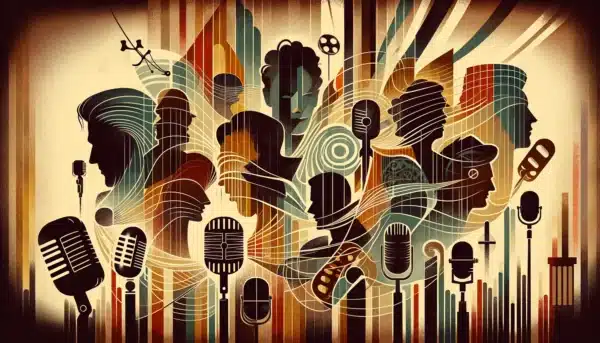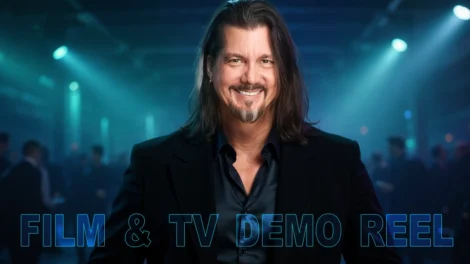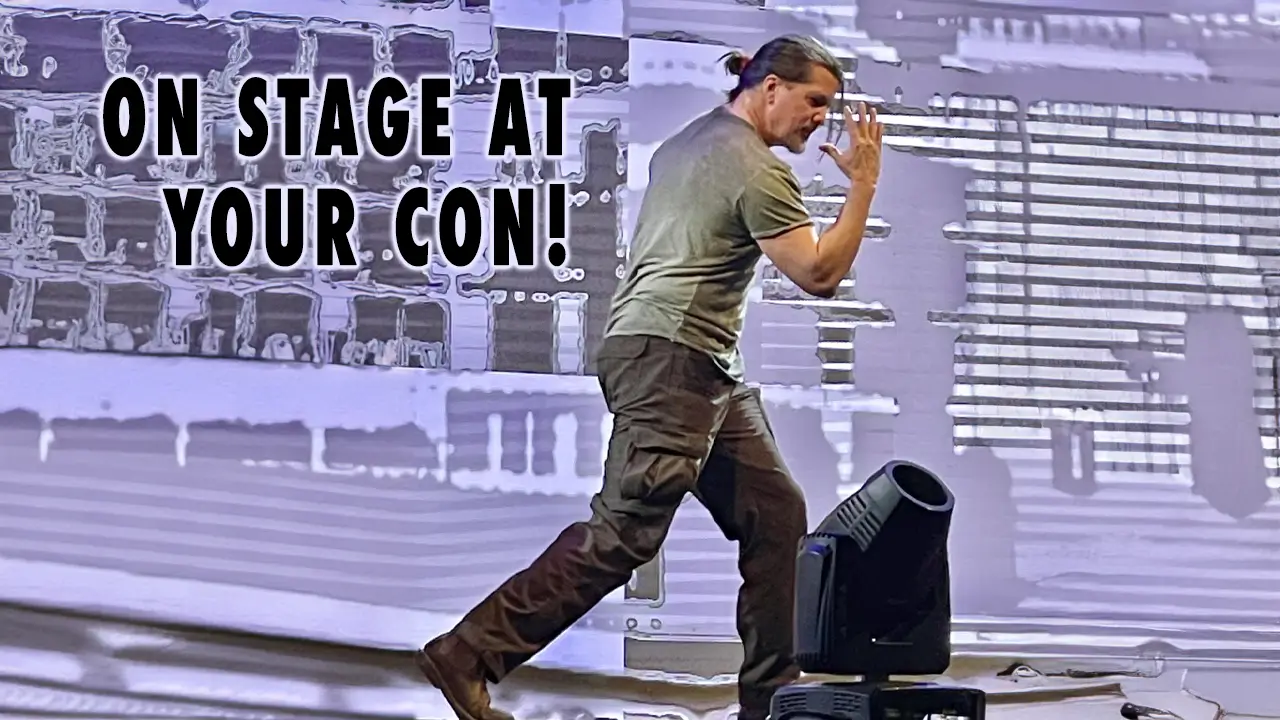Famous Classic Voices
In the golden age of Hollywood, from 1930 to 1970, a few select voices rose above the din to become the definitive narrators of their time. These voices didn’t just tell stories; they shaped the very essence of the narratives they were a part of. Today, we delve into the lives and careers of Orson Welles, Vincent Price, Walter Cronkite, John Houseman, Paul Frees, Richard Basehart, and Raymond Burr, whose vocal talents left an indelible mark on the world of entertainment.
Orson Welles: The Voice of Authority
Orson Welles’ voice was a force of nature—deep, resonant, and imbued with a dramatic flair that made every word he spoke compelling. Welles’ most iconic narration came from his 1938 radio broadcast of “War of the Worlds,” which caused widespread panic due to its realistic portrayal of a Martian invasion. His voice commanded attention and respect, making him a sought-after narrator for films and documentaries.
Welles narrated numerous projects throughout his career, including the documentary series “Great Mysteries” and the classic film “The Magnificent Ambersons” (source).
Vincent Price: The Master of Macabre
Vincent Price’s voice was synonymous with horror—a rich, velvety tone that could send shivers down your spine. Price’s narration work capitalized on his ability to evoke suspense and fear, making him the perfect choice for horror films and spooky stories. He narrated several well-known projects, including the introduction to Michael Jackson’s “Thriller” music video and the horror anthology “The Hilarious House of Frightenstein” (source).
Price’s voice was as versatile as it was distinctive, capable of transforming a simple tale into a chilling experience.
Walter Cronkite: The Voice of Trust
Walter Cronkite, often referred to as “the most trusted man in America,” brought a sense of gravitas and reliability to his narrations. His voice was calm, steady, and reassuring, qualities that made him a beloved news anchor and a respected narrator. Cronkite lent his voice to numerous documentaries, including the “Apollo 11 Moon Landing” and “The Twentieth Century” series (source).
Cronkite’s narration helped to convey the significance of historical events, making them accessible and engaging for audiences.
John Houseman: The Precision of Elegance
John Houseman’s voice was marked by its precise diction and elegant delivery. His background in theater and film production gave him a unique understanding of the power of voice in storytelling. Houseman is perhaps best known for his narration in the “The Paper Chase” series and the classic documentary “The Battle of Midway” (source).
His voice brought a sense of sophistication and authority to his narrations, making even the most complex topics accessible.
Paul Frees: The Man of a Thousand Voices
Paul Frees was known for his incredible vocal versatility, earning him the nickname “The Man of a Thousand Voices.” His ability to adapt his voice to various characters and situations made him a prolific narrator. Frees’ most famous narrations include the voice of the Ghost Host in Disney’s “Haunted Mansion” ride and the narrator in the classic sci-fi film “The War of the Worlds” (1953) (source).
Frees’ talent for creating distinct vocal personas made him a beloved figure in both animation and live-action projects.
Richard Basehart: The Voice of Dramatic Depth
Richard Basehart’s voice was imbued with a dramatic depth that made him a compelling narrator. His ability to convey emotion and tension through his narration brought stories to life in a unique way. Basehart’s notable narration work includes the classic television series “Voyage to the Bottom of the Sea” and the documentary “Hitler” (source).
Basehart’s voice added a layer of intensity and engagement to his narrations, making them memorable for audiences.
Raymond Burr: The Commanding Voice
Raymond Burr’s commanding voice made him an ideal narrator for dramatic and serious projects. Best known for his roles in “Perry Mason” and “Ironside,” Burr’s voice brought a sense of authority and gravitas to his narrations. He narrated several documentaries and television specials, including “The Greatest of All” and the crime series “The Lineup” (source).
Burr’s powerful voice was perfect for delivering narratives that required a strong, authoritative presence.
In the end, the voices of Orson Welles, Vincent Price, Walter Cronkite, John Houseman, Paul Frees, Richard Basehart, and Raymond Burr defined the art of narration in Hollywood between 1930 and 1970. Their unique vocal qualities and their ability to engage audiences set them apart as the greatest narrators of their time. These voices didn’t just tell stories—they created experiences that resonated with listeners, leaving a lasting impact on the world of entertainment.















